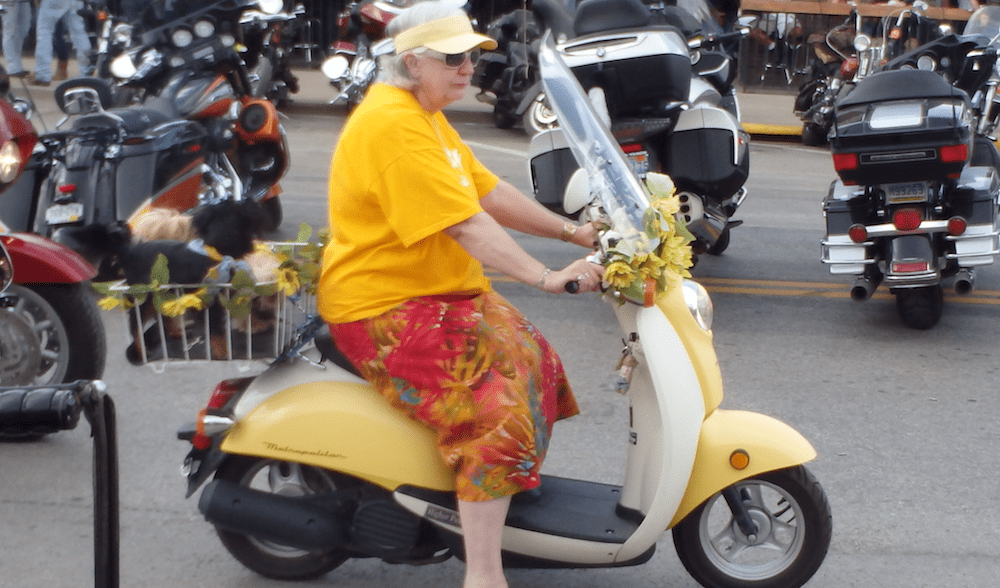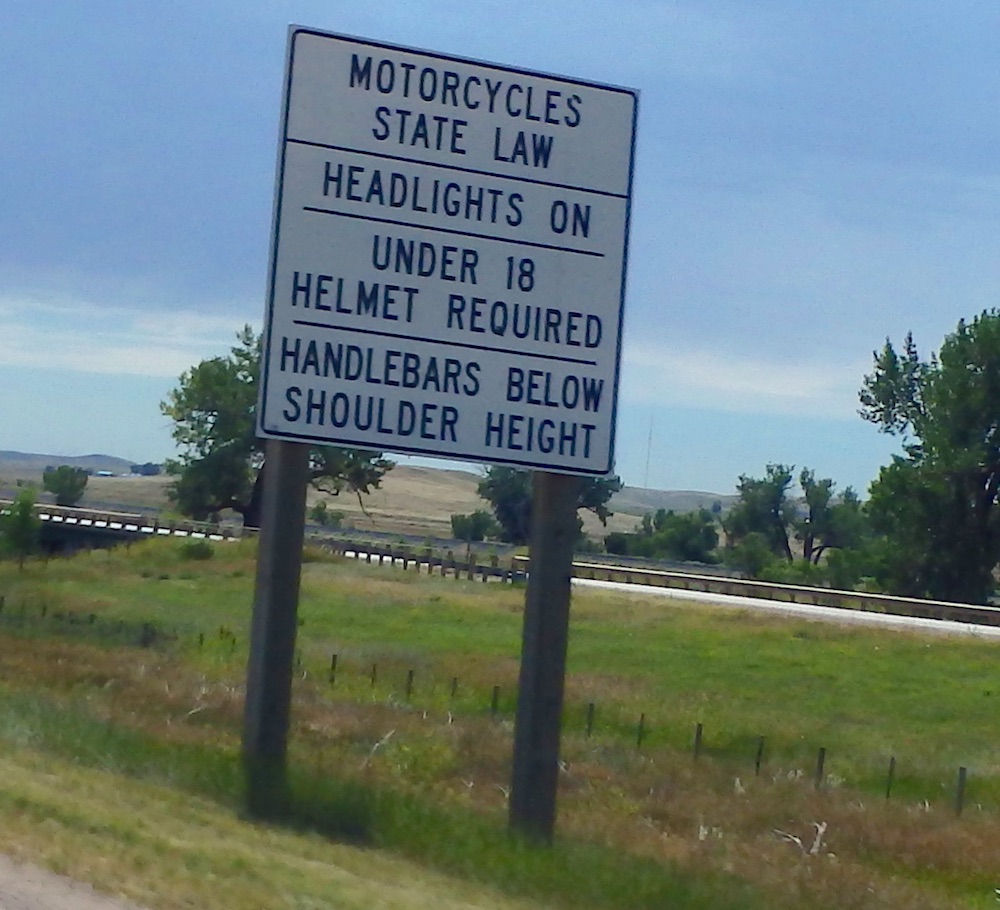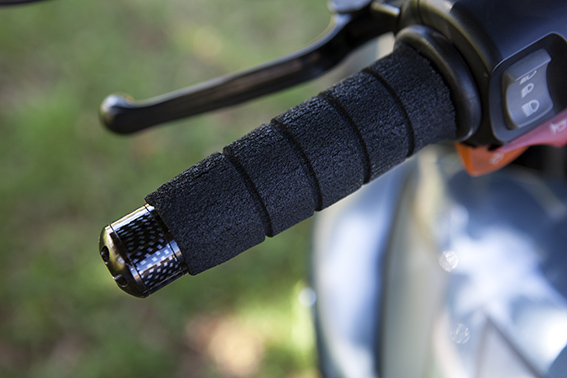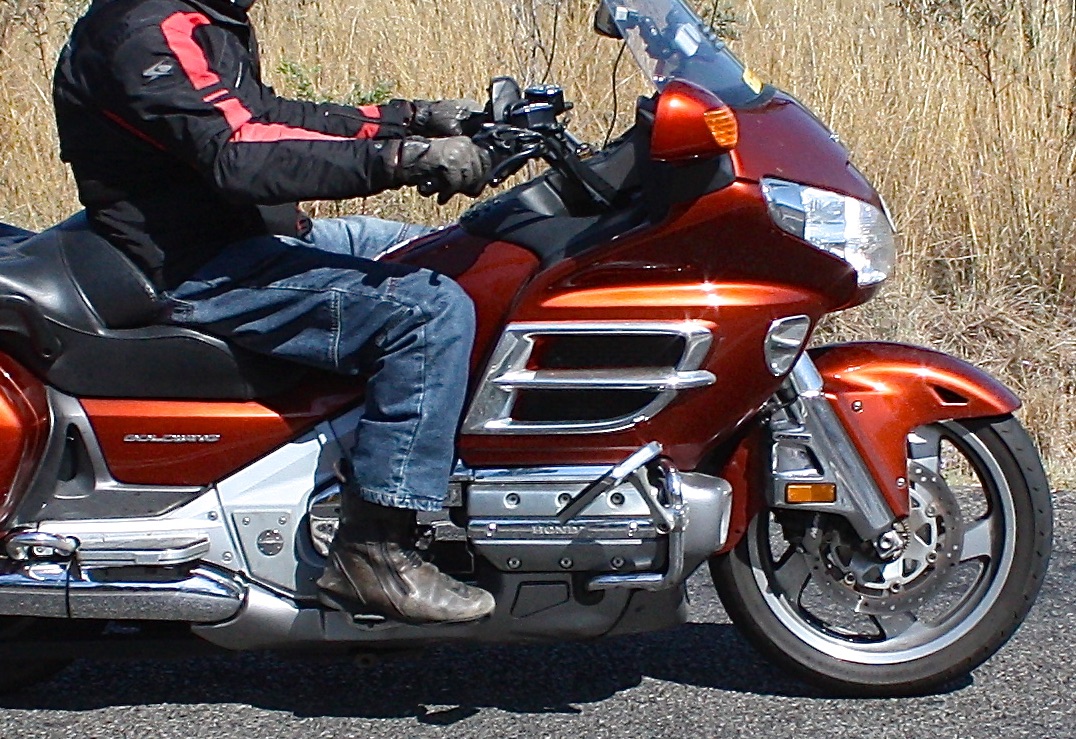Riders like to think of themselves as tough and will ride through pain, heat, cold, rain and other adversities to do what they love – riding!
But chronic pain such as arthritis is sidelining more and more riders as the average age of riders continues to grow each year.
In recent years I’ve been sidelined on occasions by injuries and various aches and pains from my advancing years.
However, a recent knee replacement and subsequent sciatic nerve issues made me realise just how unprepared I was for chronic pain and how it would interrupt what I love doing.
Most times we just ride through it, or take more frequent breaks to stretch or massage aching body parts.
However, there is more that can be done and we asked the Ulysses Club for mature-aged riders to supply some ideas.
After all, they have long been supporters of and fundraisers for research into rheumatoid arthritis of all types.
National Coordinator for the Ulysses Club Arthritis Research Fund (UCARF) and past National President Kim Kennerson eagerly replied with the following list of tips that not only apply to rheumatoid arthritis but many other chronic pain issues.
Ulysses tips to avoid pain while riding
- Always test-ride a motorcycle for comfort. Seat design and height, handle bar design and height, sitting position and ease of mounting and dismounting are all important considerations.
Consider handelbar height - Riding posture – Three basic postures include Standard, Sport and Cruiser. Standard – back is straight and the neck is in a neutral position. Shoulders and elbow are comfortable on the grips. Sport – the body is leaning forward and can cause trauma. The feet are behind the knees and the head is extended. Less comfort. Cruiser – slightly reclined position. Feet are usually forward of the knee, the head is upright and the hips and pelvis are relaxed. This posture is comfortable.
- Cruise control – allows the rider to rest/reposition one hand at a time.
- Handle grip palm rests – allows the rider to rest the hands in more comfort.
- Softer foam handle-grips replacement – relaxed throttle grip with less pressure on the fingers.
Soft grips (Photo courtesy Gary Warner, Ulysses Club Riding On editor) - Minimise weight on the upper body – e.g. riding with a backpack.
- Motorcycle backrests – supports the back, provides more comfort and less fatigue.
- Highway pegs – allows the rider, particularly those with knee arthritis, to reposition and rest the legs.
- Motorcycle fairing – non fairing causes the rider to lean forward at higher speeds due to increased air pressure to maintain grip on the controls, this in turn causes fatigue.
- Frequent breaks – avoid fatigue.
Quality shock-absorbing suspension.
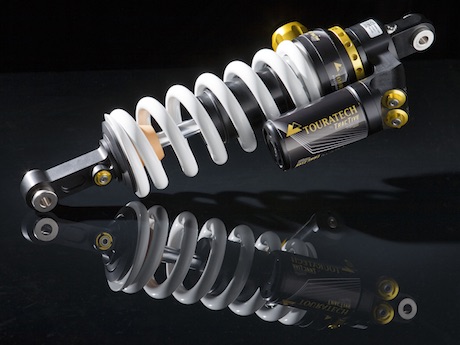
- Maintain prescribed anti-inflammatory medication.
- Physical activity – stretching, aerobic and strengthening exercises are recommended.
- Recommended arthritis diet plan.
Some great tips there, but we can see a few issues some may disagree with:
- Cruisers may seem the most comfortable, but those with lower back pain may find the short-stroke rear suspension sends shocks straight up their spine. It also puts all your weight directly on your tailbone. Highway pegs accentuate that pressure. Some may also consider them dangerous as your feet are away from the controls.
Concern over highway pegs - We’ve tried throttle palm rests and find they get in the way. Only use them for long-haul rides. The same goes for mechanical throttle locks. Electronic cruise control is the best option.
- Backrests can provide good support, but a physiotherapist rider told me they can also detrimentally affect your posture if you don’t sit in them properly.
- She also says that without a backrest you develop your core muscles more by gently resisting the wind. Stronger core muscles will help ease lower back pain.
- We also suggest a bike with a heel shifter to relieve foot and lower leg pain.
Do you agree or disagree with the above tips? We would love to hear how you are beating chronic pain such as rheumatoid arthritis. Leave your comments below.


